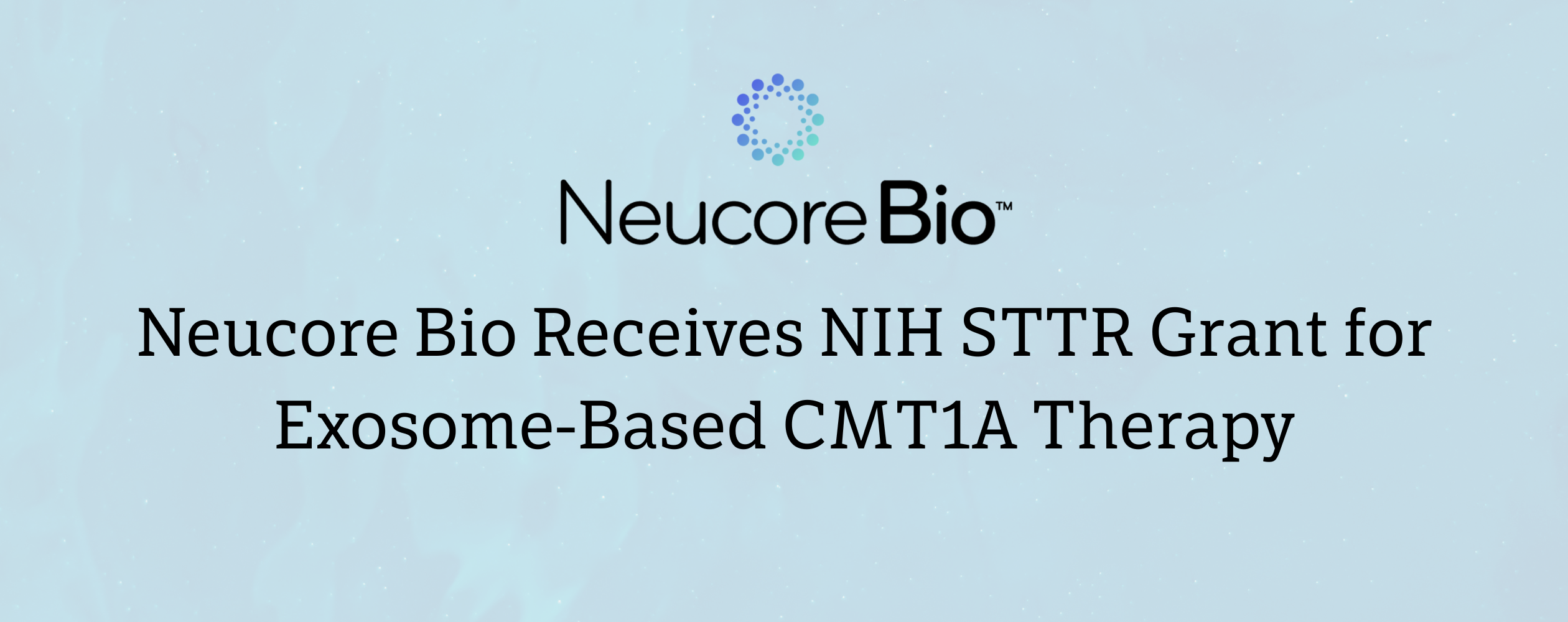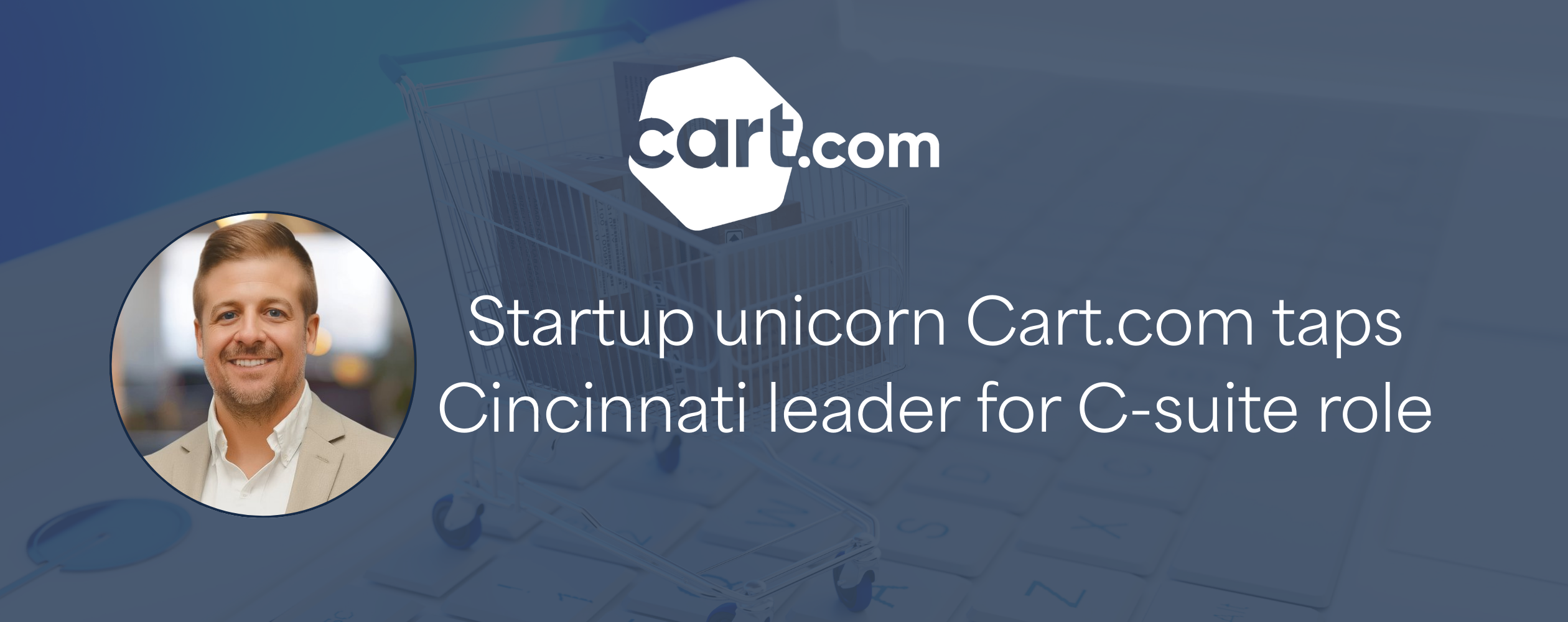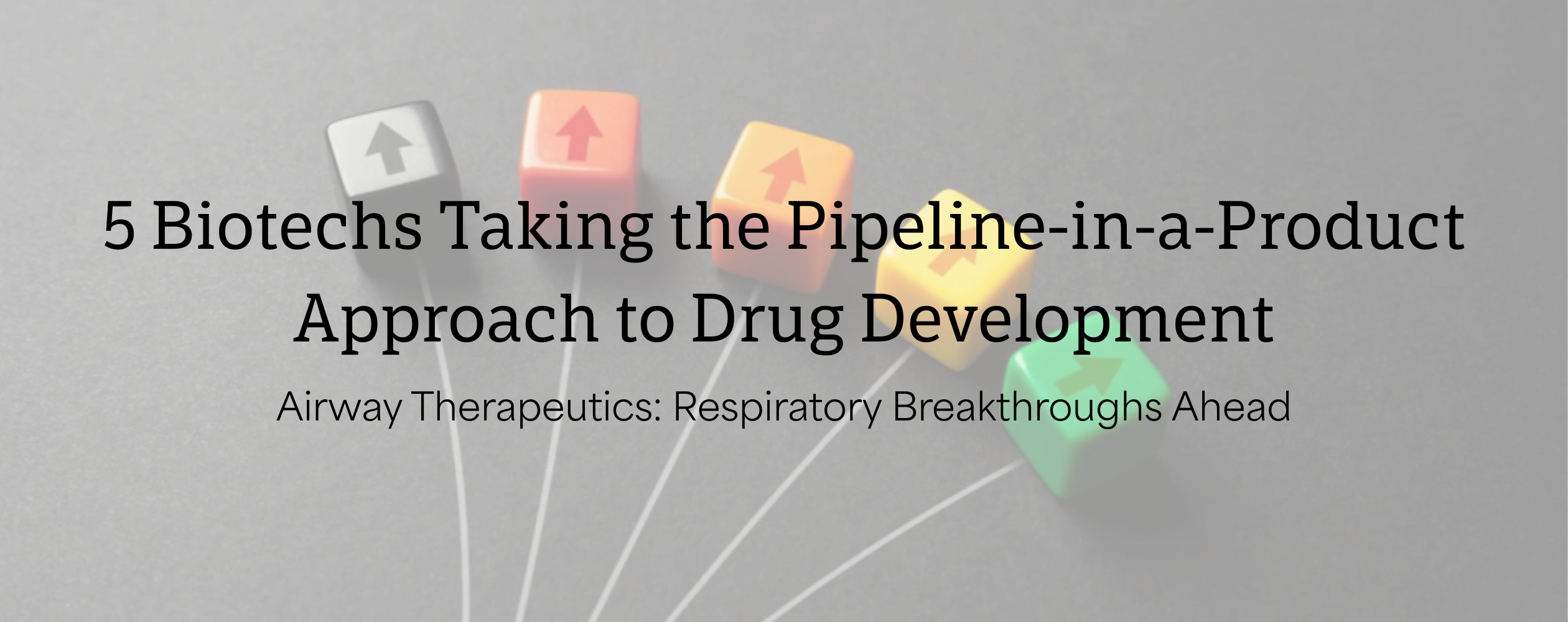2025 J.P. Morgan Healthcare Conference Recap


Key Takeaways and Industry Insights for the Life Sciences Sector
The 2025 JP Morgan Health Care Conference, held in San Francisco, once again served as a cornerstone event for the life sciences and biotech industries, bringing together industry leaders, investors, and innovators to discuss the latest trends, breakthroughs, and challenges shaping the future of healthcare. This year’s conference highlighted transformative advancements in biotechnology, digital health, and personalized medicine, while also addressing critical issues such as regulatory landscapes, market dynamics, and the evolving role of artificial intelligence (AI) in drug discovery and patient care.
The conference also allowed me the opportunity to establish and discuss the unique opportunity for Ohio-based firms to strengthen relationships with investors and showcase the state’s growing prominence as a life sciences hub.
The Rise of AI-Driven Drug Discovery and Development
Artificial intelligence continued to dominate discussions at the conference, with numerous companies showcasing how AI is accelerating drug discovery, optimizing clinical trials, and reducing costs. AI platforms are now capable of predicting drug-target interactions, identifying novel biomarkers, and even designing new molecules with unprecedented speed and precision.
In the Forbes article, “5 Insights From The 2025 JP Morgan Healthcare Conference,” Juergen Eckhardt makes note, “While 2024 was a challenging year for AI and tech health companies—particularly those without market-ready products—the consensus is clear: AI will revolutionize how we approach drug development. To this point, the FDA released draft guidance at the start of the year signaling the importance of AI to drug development going forward. The question is not whether AI will be useful, but rather when and how we can effectively leverage it.”
Companies like Insilico Medicine and Recursion Pharmaceuticals highlighted their success in leveraging AI to bring therapies from concept to clinical trials in record time. AI is no longer a futuristic concept but a core component of the biotech toolkit in 2025.
Personalized Medicine Takes Center Stage
Personalized medicine has reached new heights, with advancements in genomics, proteomics, and multi-omics integration enabling highly tailored treatments for patients. Companies such as Illumina and CRISPR Therapeutics emphasized the growing importance of gene editing and next-generation sequencing in developing therapies for rare diseases and complex conditions like cancer. The conference also highlighted the increasing adoption of liquid biopsies and real-time monitoring technologies, which are revolutionizing how diseases are diagnosed and managed.
Regulatory Shifts and Market Access Challenges
The regulatory landscape is evolving rapidly, with agencies like the FDA and EMA introducing new frameworks to expedite the approval of breakthrough therapies. However, companies also raised concerns about the increasing complexity of market access and reimbursement strategies. Payers are demanding more robust evidence of cost-effectiveness and real-world outcomes, creating both opportunities and challenges for biotech firms. The conference emphasized the need for early engagement with regulators and payers to ensure successful commercialization of new therapies.
The Growing Role of Biomanufacturing and Supply Chain Innovation
As the demand for biologics and cell and gene therapies continues to grow, biomanufacturing and supply chain innovation have become critical focus areas. Companies like Thermo Fisher Scientific and Catalent discussed advancements in modular manufacturing, single-use technologies, and AI-driven supply chain optimization. These innovations are helping to address scalability challenges and reduce production costs, making advanced therapies more accessible to patients worldwide.
Positioning Ohio as Midwest Life Sciences Hub
During meetings and discussions, I along with colleagues from Ohio Life Sciences and JobsOhio had the opportunity to highlight Ohio’s competitive advantages, including its world-class research institutions, collaborative ecosystem, and business-friendly environment while demonstrating the Ohio Discovery Corridor’s potential as a hub for innovation, connecting Cleveland, Columbus, Cincinnati, and beyond. This region, which is home to leading universities, research hospitals, and a thriving network of startups, offers a unique blend of talent, infrastructure, and affordability that rivals traditional biotech hubs.
These efforts resonated with investors and companies alike, sparking interest in funding Ohio-based initiatives and establishing strategic partnerships. By positioning Ohio as a leader in the Midwest’s life sciences ecosystem, we are paving the way for increased investment, job creation, and groundbreaking innovation that will benefit the state and the broader healthcare industry. This momentum solidifies Ohio’s role as a rising star in the life sciences sector, with our firm at the forefront of this transformative journey.
For further information about the conference from an Ohio perspective, I recommend reading “Takeaways from JP Morgan Healthcare Conference,” by Eddie Pauline, Ohio Life Sciences President, and CEO.
What’s Coming in 2025: A Look Ahead
Looking ahead, the conference painted an exciting picture of what’s to come in 2025 and beyond:
Healthcare Mergers & Acquisitions Picking up Speed: Increased interest and activity in M&A was prominent during the conference with analysts forecasting an active year for strategic dealmaking.
Breakthroughs in Radiopharma Technology: Following a splurge of M&A activity and a rapid scramble to expand drug portfolios, the radiopharmacy category is expected to continue its rapid growth, resulting from the introduction of new, highly targeted technologies that improve efficacy while preserving healthy tissue.
Convergence of Tech and Bio: The convergence of biotechnology with other industries, such as computing and materials science, is expected to unlock new possibilities in drug delivery and diagnostics.
Global Collaboration: The importance of global collaboration in addressing healthcare challenges, from pandemics to climate-related health risks, was a recurring theme.
The 2025 JP Morgan Health Care Conference underscored the dynamic and rapidly evolving nature of the life sciences industry. From AI-driven innovations to the continued emphasis on personalized medicine and digital health, the sector is poised for transformative growth. However, success will require navigating regulatory complexities, addressing market access challenges, and embracing sustainability. As we move further into 2025, companies that can adapt to these trends and leverage emerging technologies will be well-positioned to lead the next wave of breakthroughs in healthcare. For CincyTech and all of Ohio’s life sciences institutions, these insights provide a roadmap for strategic decision-making and innovation. By staying at the forefront of these developments, we can continue to deliver impactful solutions that improve patient outcomes and drive value for our stakeholders.
Eckhardt, J. (2025, January 16). 5 insights from the 2025 JP Morgan Healthcare Conference. Forbes. Retrieved from https://www.forbes.com/sites/juergeneckhardt/2025/01/16/5-insights-from-the-2025-jp-morgan-healthcare-conference/
Pauline. (2025). Takeaways from the JP Morgan Healthcare Conference. LinkedIn. Retrieved from https://www.linkedin.com/pulse/takeaways-from-jp-morgan-healthcare-conference-pauline-mba-ohioced-lthmc/









.webp)

